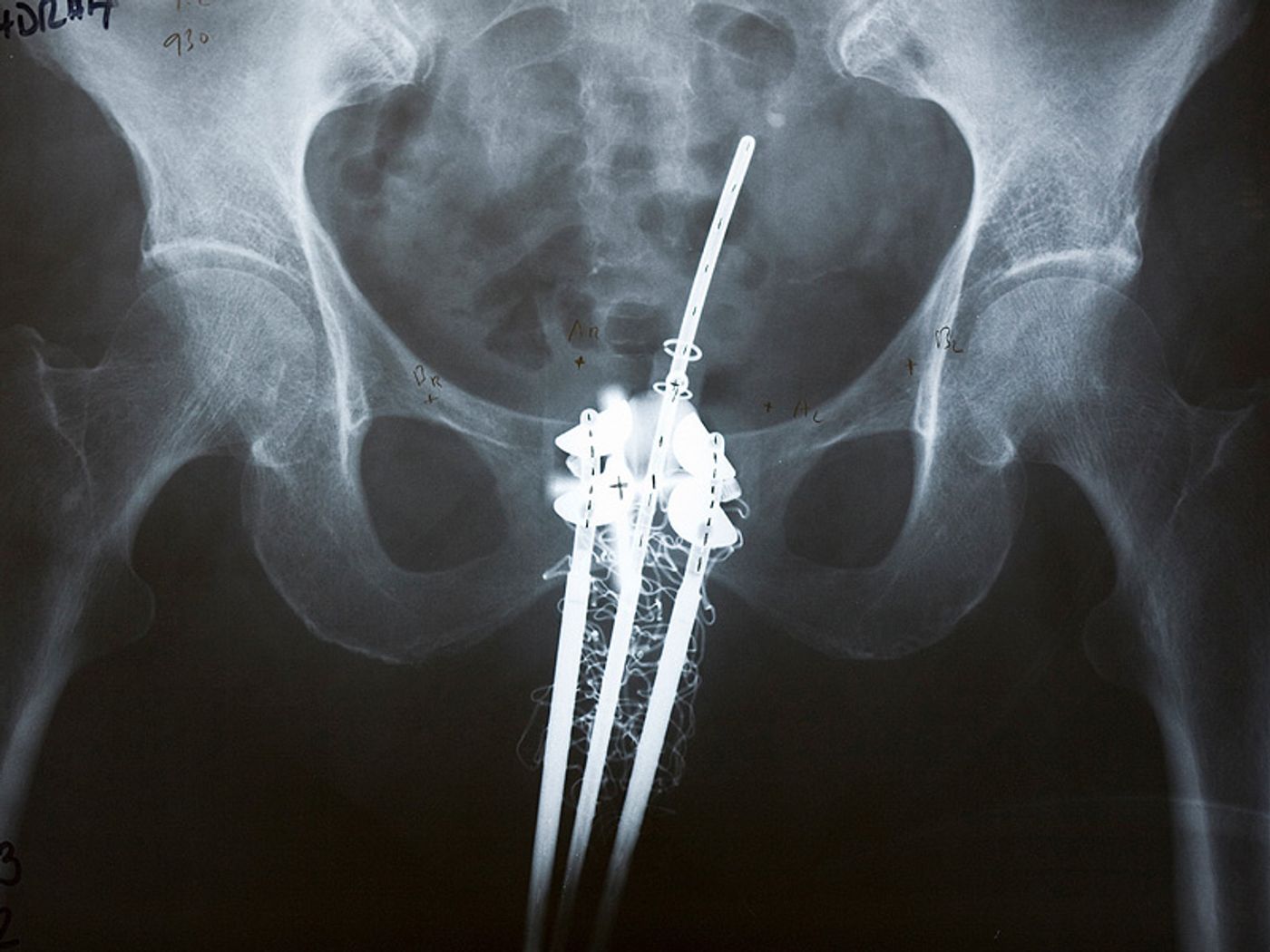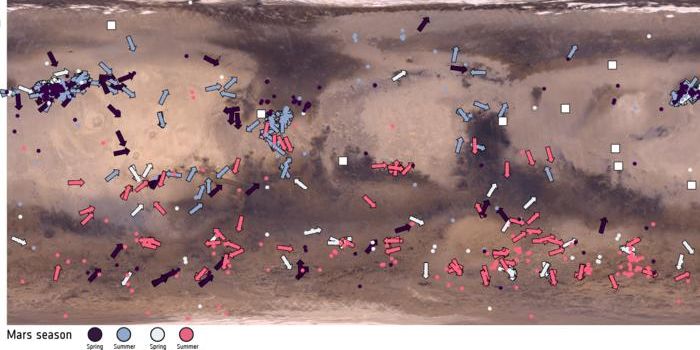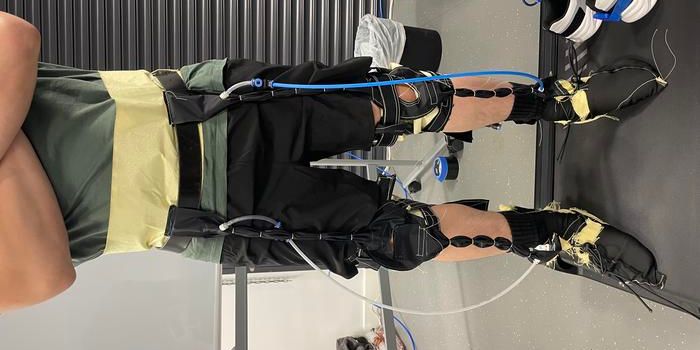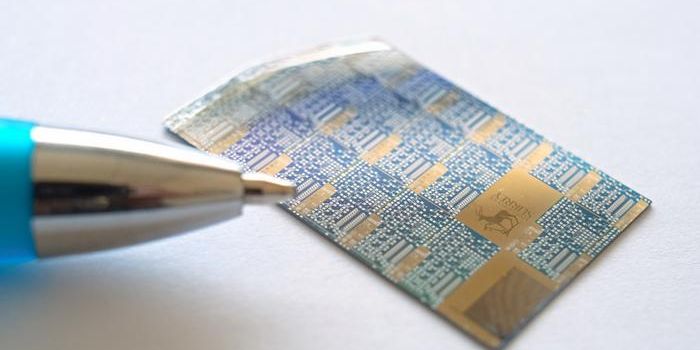Trial Showed Safety and Effectiveness of Brachytherapy Against Cervical Cancer
Cervical cancer is a leading cause of cancer death among women in the developing world. Cancer treatments are often known for its unpredictable outcome, toxic side effects, and expensive cost. In the developing countries, the cost of treatment can quickly become an economic burden to patients’ family and healthcare agencies.
X-ray Image of brachytherapy application. Credit: Medscape Medical News
A five-year-long clinical trial conducted in India, Peru, South Africa, Brazil, Pakistan, Morocco, and Macedonia has confirmed the safety and effectiveness of a radiation treatment regimen for cervical cancer. Besides an external radiation beam delivered to the pelvic area, patients in this trial also received high doses of internal radiation known as the brachytherapy.
Brachytherapy is also called implant radiation therapy, during which a radioactive substance (such as cesium-137, iodine-131, and iridium-192) is placed directly into or close to the tumor in various tissues. Radioactive substances come in several different forms, including special applicators, thin wires, catheters, ribbons, needles, capsules or small seeds.
Different techniques are used for inserting the brachytherapy devices. Doctors can use long, hollow tubes that are loaded with the radioactive seeds, and inserted into the tissue where the seeds can be released. In some cases, catheters may be placed during surgery and later filled with radioactive material during brachytherapy sessions.
CT scans, ultrasound or other imaging techniques may be used to guide the devices into place and to ensure they're positioned in the most-effective locations. Depending on the type of implant, the radiation source will stay in place for minutes (for high dose application), days or permanently (both for low dose application).
Funded by the Division of Human Health at the International Atomic Energy Agency (IAEA), the study recruited a total of 601 patients with locally advanced cervical cancer. All patients received doses of pelvic external beam radiation therapy before the randomized trial. Half of them received four applications of brachytherapy at the radiation dose of 7 Gray (4 x 7 Gy), while the other half received two applications of 9 Gy (2 x 9 Gy). (Gray or Gy is a derived unit describing ionizing radiation dose. It is defined as the absorption of one joule of radiation energy per kilogram of matter.) 50% subjects in both dosage groups also received chemotherapy while the other half did not.
The results showed significantly superior tumor control in the group that received four times 7 Gy treatment, with 88 and 89 percent local control without and with chemotherapy. The rate of control in patients who received twice 9 Gy treatment was 78 and 75 percent without and with the addition of chemotherapy. The effect of chemotherapy did not influence overall survival, cancer-specific survival or tumor control in the cervix and surrounding region.
“Our trial demonstrates that combining pelvic radiation therapy with four fractions of 7 Gray (Gy) High-Dose Radiation (HDR) Brachytherapy is effective and safe for locally advanced cervical cancer,” said May Abdel-Wahab, director of the Division of Human Health at the IAEA. “The findings that chemotherapy did not significantly affect survival or tumor control in this setting seem to be different than the results of the meta-analysis from the Chemoradiotherapy for Cervical Cancer Meta-Analysis Collaboration, which found six percent differences in local control due to the effect of chemotherapy,” she added.
However, it is important to note that the study was not powered to detect differences in local control that are less than 10 percent. In other words, the results of the two studies are not mutually exclusive.
The study can guide clinical teams that treat women with cervical cancer. It has also shown the feasibility of conducting global clinical trials, including in countries where access to research is more difficult. “The trial gives physicians data-supported guidance from a large, randomized study on what to expect in terms of outcomes if a regimen of two, 9-Gy fractions is used in resource-constrained settings,” said Abdel-Wahab.
Cancer Treatment: Brachytherapy. Credit: Nucleus Medical Media
Source: IAEA









